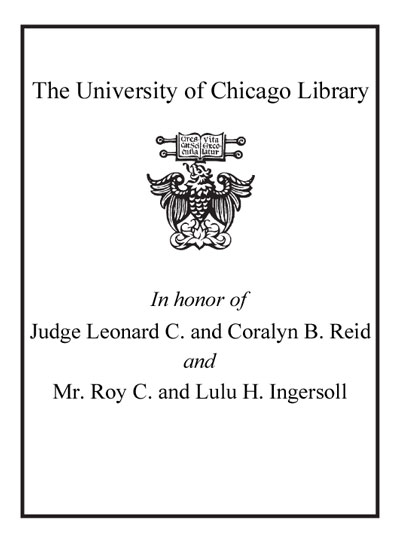Dispersed but Not Destroyed : a History of the Seventeenth-Century Wendat People /
| Author / Creator: | Labelle, Kathryn Magee, 1983- author. |
|---|---|
| Imprint: | Vancouver ; Toronto : UBC Press, [2013] ©2013 |
| Description: | xi, 273 pages : illustration, maps ; 24 cm |
| Language: | English |
| Subject: | |
| Format: | Print Book |
| URL for this record: | http://pi.lib.uchicago.edu/1001/cat/bib/9136327 |
| Summary: | Situated within the area stretching from Georgian Bay in the north to Lake Simcoe in the east, the Wendat Confederacy flourished for two hundred years. By the mid-seventeenth century, however, Wendat society was under attack. Disease and warfare plagued the people, culminating in a series of Iroquois assaults that led to their ultimate dispersal. Yet the Wendat did not disappear, as many historians have maintained. In Dispersed but Not Destroyed, Kathryn Magee Labelle examines the creation of a Wendat diaspora in the wake of the Iroquois attacks. In the latter half of the century, Wendat leaders continued to appear at councils, trade negotiations, and diplomatic ventures, relying on established customs of accountability and consensus. Women also continued to assert their authority during this time, guiding their communities toward paths of cultural continuity and accommodation. Turning the story of Wendat conquest on its head, this book demonstrates the resiliency of the Wendat people and writes a new chapter in North American history. |
|---|---|
| Physical Description: | xi, 273 pages : illustration, maps ; 24 cm |
| Bibliography: | Includes bibliographical references (pages 248-258) and index. |
| ISBN: | 9780774825559 0774825553 9780774825566 0774825561 |

